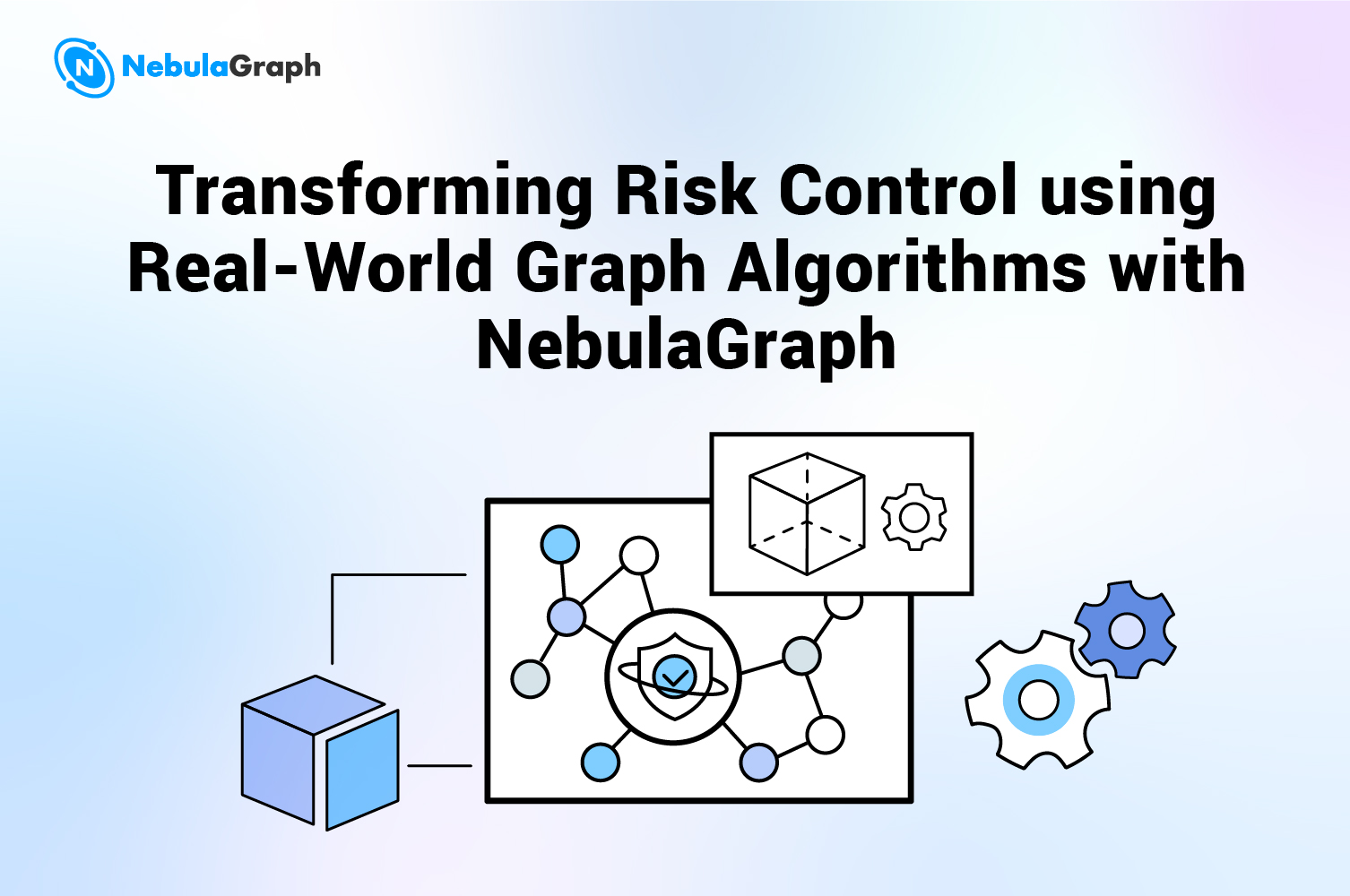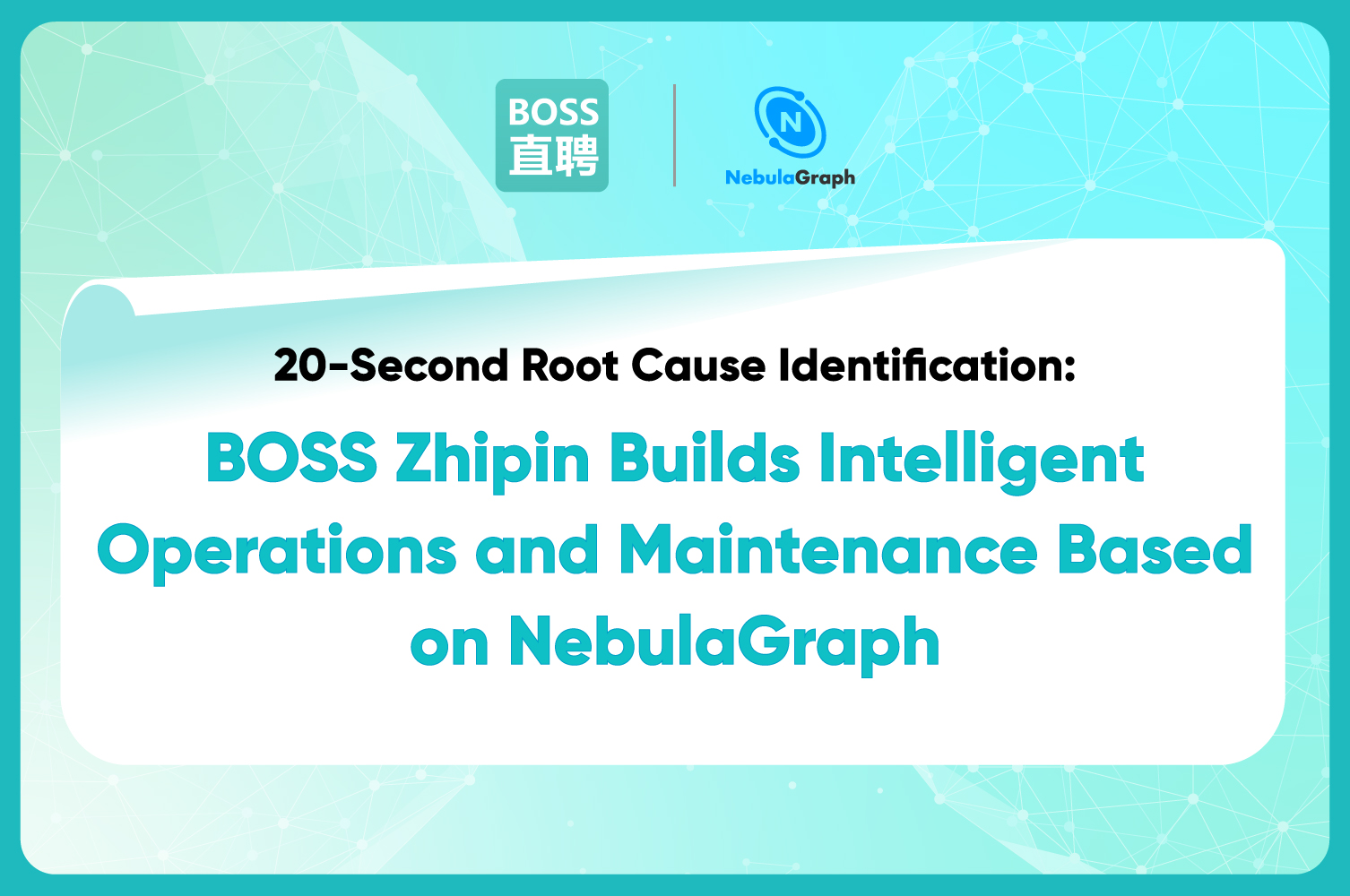Use-casesTech-talk
From Data to Insight: Leveraging Graph Databases for Superior Recommendations
In the digital age, recommendation systems have become an integral part of online experience, driving better user experience and engagement. A recommendation system, often integrated with ad serving systems, is designed to suggest highly relevant content or advertisements to users based on users’ profile and engagement history. However, the complexity of user interactions and preferences demands robust data management solutions. Enter graph databases—an innovative approach that enhances the efficiency and accuracy of recommendation systems. This blog explores how recommendation systems work and how graph databases empower recommendation systems, providing real-life examples and architectural insights.
What are Recommendation Systems and How They Work
Key Components of Recommendation Systems:
- User Data: Information about users, including their demographics, behavior, preferences, and past interactions. This data is crucial for understanding user interests and making personalized recommendations.
- Content Data: Information about the content or ads available for recommendation. This includes metadata, categories, keywords, and performance metrics.
- Recommendation Algorithms: The core of the system, these algorithms analyze user and content data to generate personalized recommendations. Common types include collaborative filtering, content-based filtering, and hybrid methods.
- Real-Time Processing: The ability to process data and generate recommendations in real-time, ensuring that suggestions are timely and relevant.
- Feedback Loop: Mechanisms to collect user feedback on recommendations (e.g., clicks, likes, shares) to continuously improve the accuracy and relevance of the system.
Types of Recommendation Systems
Recommendation systems are powerful tools designed to analyze user behavior and preferences to deliver personalized content and suggestions. These systems operate by collecting extensive data on user interactions, such as browsing history, ratings, and purchase activities. Using this data, recommendation systems employ sophisticated algorithms to identify patterns and relationships within the data.
Two common approaches are collaborative filtering and content-based filtering. Collaborative filtering analyzes the behavior and preferences of similar users to make recommendations; for example, if two users have a history of liking similar movies, the system might suggest a movie liked by one user to the other. Content-based filtering, on the other hand, focuses on the attributes of items and recommends items that are similar to those a user has previously enjoyed. By combining these methods, recommendation systems can generate highly personalized suggestions that cater to individual tastes and preferences. This tailored approach not only enhances the user experience by presenting relevant content but also drives higher engagement and satisfaction, ultimately benefiting both users and businesses.
What are Graph Databases
Definition and Structure
Graph databases are a type of NoSQL database designed to handle and represent complex relationships between data entities. Unlike traditional relational databases that use tables to store data, graph databases use nodes, edges, and properties to create a flexible and highly interconnected data structure. Nodes represent data entities, edges denote the relationships between these entities, and properties provide additional information about the nodes and edges. This structure allows graph databases to efficiently model, store, and query intricate relationships and dependencies within data. Graph databases are quite young compared with relational databases and well-known graph databases include Neo4j, NebulaGraph, Amazon Neptune, and TigerGraph.
They excel at managing complex relationships because their inherent design closely mirrors real-world networks, such as social connections, organizational hierarchies, and financial transactions. This enables rapid traversal and querying of relationships, providing powerful insights and enabling applications like fraud detection, recommendation systems, and network analysis to operate with high performance and scalability.
Architectural Insights
- Data Modeling:
- Nodes: Represent users, items, categories, etc.
- Edges: Capture interactions such as likes, views, purchases, etc.
- Example: In a movie recommendation system, nodes could represent users and movies, while edges represent viewing history and ratings.
- Querying:
- Graph Traversal Queries: Efficiently find relevant items by traversing the graph.
- Example: To recommend books, a query might traverse from a user node to books they’ve rated highly, then to other users who rated those books highly, and finally to other books those users have rated highly.
- Performance Optimization:
- Indexing and Caching: Improve query performance by indexing frequently accessed nodes and caching results.
- Example: Caching the results of common recommendation queries can reduce latency and improve user experience.
How Graph Databases Support Better Recommendation Efficiency and Accuracy
Graph databases, such as NebulaGraph, are particularly well-suited for handling the complex relationships and interconnected data involved in both ad serving and recommendation systems. Here’s how they support efficiency:
- Complex Relationships and Connections:
- Graph Structure: Graph databases store data in nodes (entities) and edges (relationships), making it easy to model and query complex relationships.
- Example: Users, ads, and their interactions can be represented as nodes, with edges capturing relationships like views, clicks, and purchases. LinkedIn uses graph databases to model professional connections, endorsements, and job recommendations. By understanding the intricate relationships between users, companies, and skills, LinkedIn can provide highly relevant job suggestions and networking opportunities.
- Real-Time Recommendations:
- Fast Traversal: Graph databases excel at traversing relationships quickly, enabling real-time generation of recommendations based on user behavior and preferences.
- Example: Quickly finding similar users or content based on shared attributes or interactions. Pinterest leverages graph databases to recommend pins based on user interactions and the connections between pins, boards, and users. This allows Pinterest to deliver personalized content in real-time, enhancing user engagement.
- Personalization and Targeting:
- Rich User Profiles: Graph databases can store and query detailed user profiles, including their connections, behaviors, and preferences, allowing for highly personalized ad targeting.
- Example: Identifying users with similar browsing patterns and recommending ads that performed well with similar users. eBay uses graph databases to improve its recommendation engine by analyzing user behavior, purchase history, and item relationships. This enables eBay to provide personalized product suggestions, increasing the likelihood of purchases.
- Scalability:
- Handling Large Datasets: Graph databases are designed to handle large volumes of interconnected data, making them suitable for high-traffic environments.
- Example: Managing millions of users and ads, and their interactions, without performance degradation. Facebook’s social graph, which models the relationships between billions of users, posts, and interactions, relies on graph databases to provide scalable and efficient recommendations. This ensures that users receive timely and relevant content, even as the platform grows.
- Data Integration and Enrichment:
- Combining Data Sources: Graph databases can integrate data from various sources, enriching user profiles and improving recommendation accuracy.
- Example: Combining browsing history, social media activity, and purchase history to create a comprehensive user profile.
- Feedback Loop and Continuous Learning:
- Adaptive Algorithms: Graph databases facilitate the continuous updating of user profiles and recommendation algorithms based on real-time feedback.
- Example: Adjusting recommendations based on recent user interactions to improve relevance.
Conclusion
In summary, graph databases enhance the efficiency of ad serving and recommendation systems by providing a powerful way to model, store, and query complex relationships. They enable real-time personalization, effective targeting, and scalability, ultimately leading to better user engagement and optimized ad performance. As demonstrated by industry leaders like LinkedIn, Pinterest, eBay, and Facebook, leveraging graph databases can significantly improve user engagement and satisfaction.


